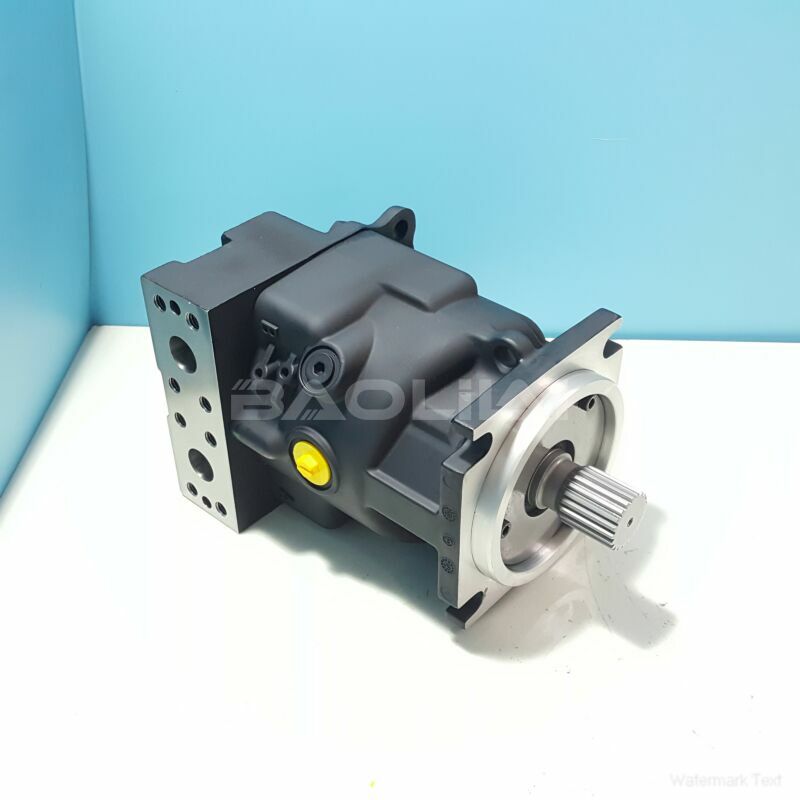90M100NC0N7N0C7W00NNN0000G3 danfoss motor
90M100NC0N7N0C7W00NNN0000G3 danfoss motor

- Product Details
- Applicable Scene
The construction industry is undergoing a significant transformation, with advancements in technology paving the way for more efficient, safer, and sustainable operations. One of the most promising developments in this sphere is the rise of autonomous construction vehicles powered by hydraulic motors. This innovation not only enhances productivity but also addresses critical challenges such as labor shortages and operational costs.
90-M-100-NC-0-N-7-N-0-C7-W-00-NNN-00-00-G3
90M100NC0N7N0C7W00NNN0000G3
The traditional construction machinery has been dependent on human operators, which can lead to inefficiencies and safety concerns. Autonomous vehicles, equipped with advanced sensors, artificial intelligence (AI), and hydraulic motor systems, are revolutionizing how construction projects are executed. These vehicles can perform repetitive tasks such as excavation, grading, and material handling with precision and consistency, significantly reducing the need for manual intervention.

11059805
Hydraulic motors play a crucial role in the operation of these autonomous machines. They are known for their high power-to-weight ratio, reliability, and ability to handle heavy loads, making them ideal for the rugged demands of construction sites. By utilizing hydraulic systems, these vehicles can achieve superior torque and enhance their operational capabilities, allowing them to navigate challenging terrains and perform tasks that would be labor-intensive or unsafe for human workers.
One of the major advantages of autonomous vehicles is their ability to work continuously without fatigue. This capability is particularly valuable in large-scale construction projects that require 24/7 operations. Autonomous construction vehicles equipped with hydraulic motors can operate in various weather conditions, ensuring that project timelines are met without compromising safety or quality.
Additionally, the integration of AI and machine learning in these vehicles enables them to analyze data in real-time, adapt to changing environments, and optimize their performance. For instance, an autonomous excavator can adjust its digging depth based on soil conditions, enhancing efficiency and reducing material wastage. This level of adaptability not only improves performance but also contributes to more sustainable construction practices by minimizing the environmental impact.





